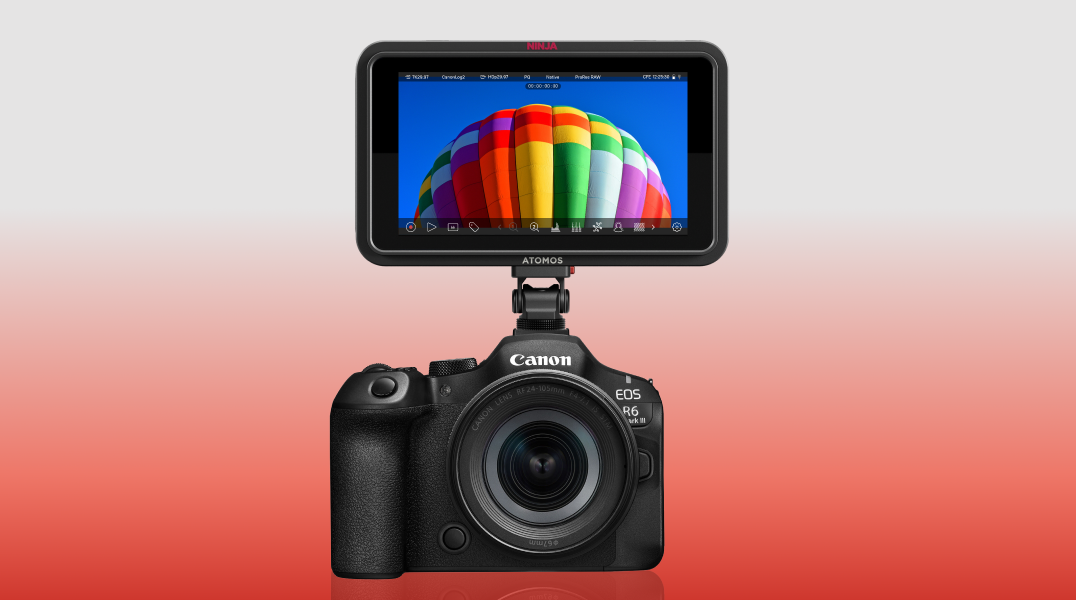ATSC Hosts DTV Audio Seminar
Mark Richer (L), president of the ATSC and Pat Waddell, technical marketing manager at Harmonic, were two of the speakers at this week’s ATSC Seminar on Audio Loudness.
This week the Advanced Television Systems Committee (ATSC) hosted a seminar on digital television audio problems and solutions on the eve of the organization’s balloting to adopt a new recommended practice to assist in curbing loudness and other problems associated with digital TV broadcasting.
The Nov. 4 day-long Seminar on Audio Loudness was in held in downtown Washington, D.C., attracted more than 80 persons and boasted an attendance roster that read like a “Who’s Who” in television audio.
ATSC president Mark Richer opened the day’s activities with background about the organization’s work in dealing with DTV audio issues and the newly minted recommended practice document.
“The ATSC initiated a strategic plan to treat loudness and A/V sync problems,” Richer said. “In 2006, a technical and standards group (TSG) was established to begin work on these issues. These are non-trivial issues and will take time to properly address.”
After two years of industry-wide work and involvement, the TSG has developed a comprehensive document, “Recommended Practice ATSC A/85 – Techniques for Establishing and Maintaining Audio Loudness for Digital Television.” The balloting for acceptance of the document closed moments before midnight on Nov. 4.
“We are so close,” Richer said in his introductory remarks.
David Donovan, president of MSTV, was on hand to comment on the relation of the TSG’s work with the CALM (Commercial Advertisement Loudness Mitigation) bill to curb television loudness complaints introduced in the U.S. House of Representatives earlier this year by Rep. Anna Eschoo (D. Calif.).
“We would have been in much worse shape if the ATSC hadn’t started work on this a few years ago,” said Donovan, explaining that Eschoo’s initiative was basically directed at loudness of commercials delivered by analog television FM audio technology. He noted that ATSC forces had made the bill’s proponents aware of the A/85 work underway and this had made for a better understand of the industry’s own efforts in controlling audio problems.
“The bill [by itself] would have undone two years worth of ATSC work,” Donovan said. “We think that the bill now is far better than what was originally introduced.”
Donovan’s comments on possible legislation to tackle TV audio complaints were echoed by Richer.
“This industry needs to take care of its own problems,” he said.
The symposium featured presentations from those working in television audio, a panel discussion and a tutorial on metadata as related to digital television audio.
Presenters and panelists included Pat Waddell, Harmonic; Steve Lyman, Dolby Laboratories, Jim Starzynski, NBC Universal; Greg Coppa, CBS Television; Tim Carroll, Linear Acoustic; Sean Richardson, Starz; HBO; Jim Kutzner, PBS; and Jim DeFilippis, Fox Television.
The professional video industry's #1 source for news, trends and product and tech information. Sign up below.
